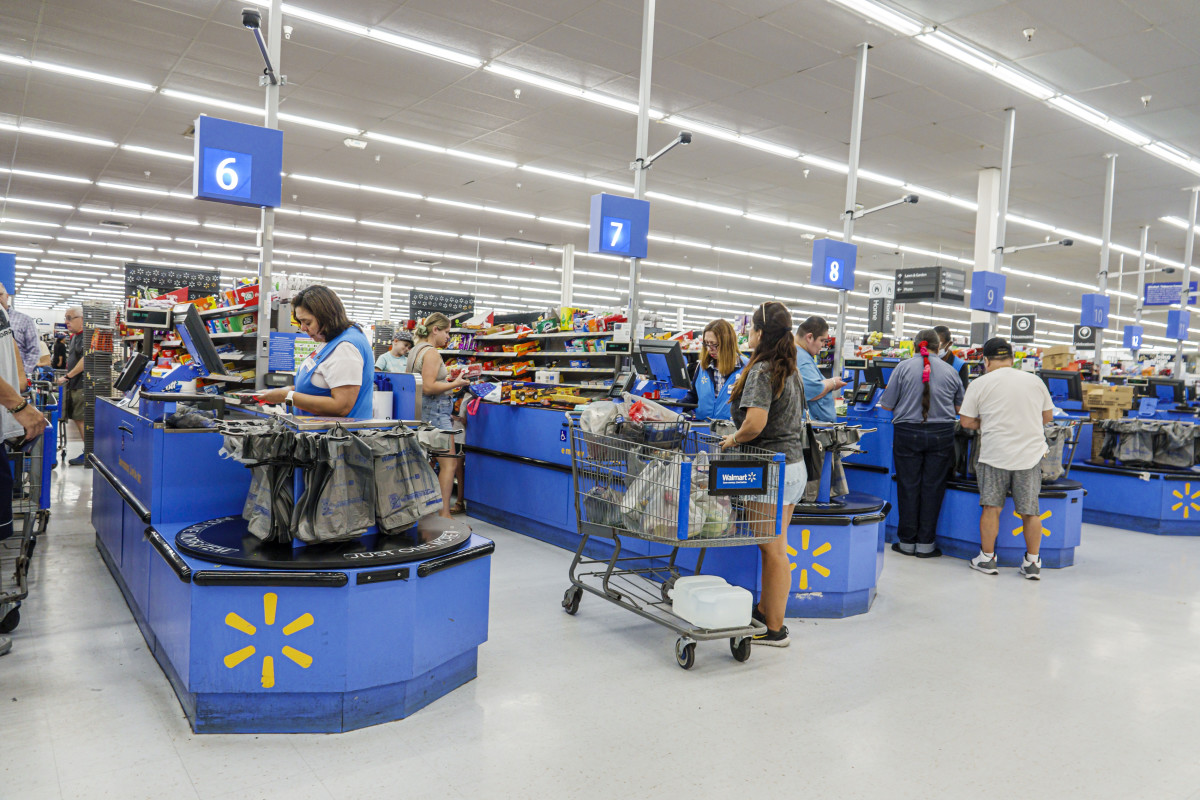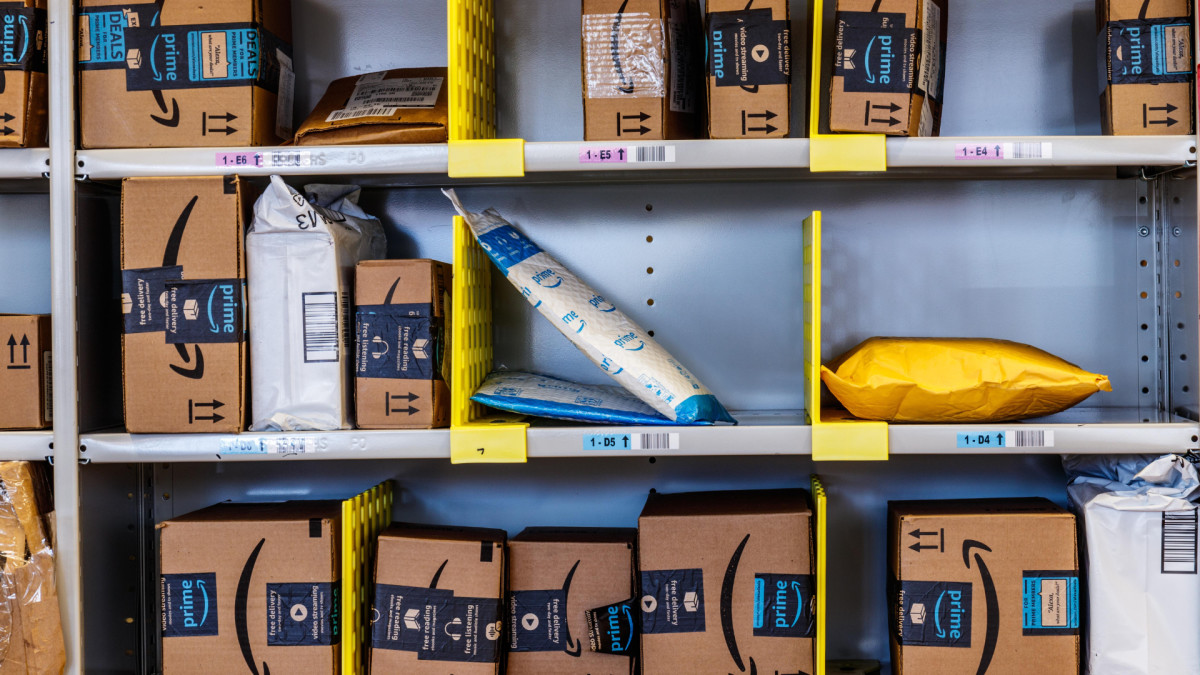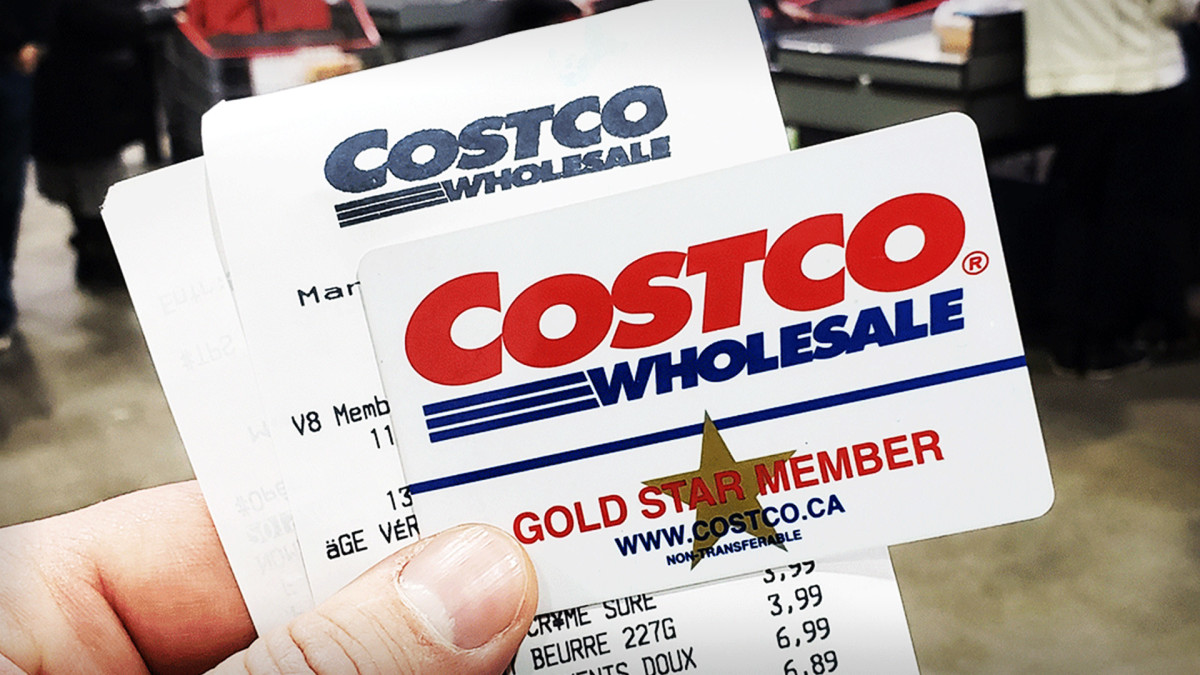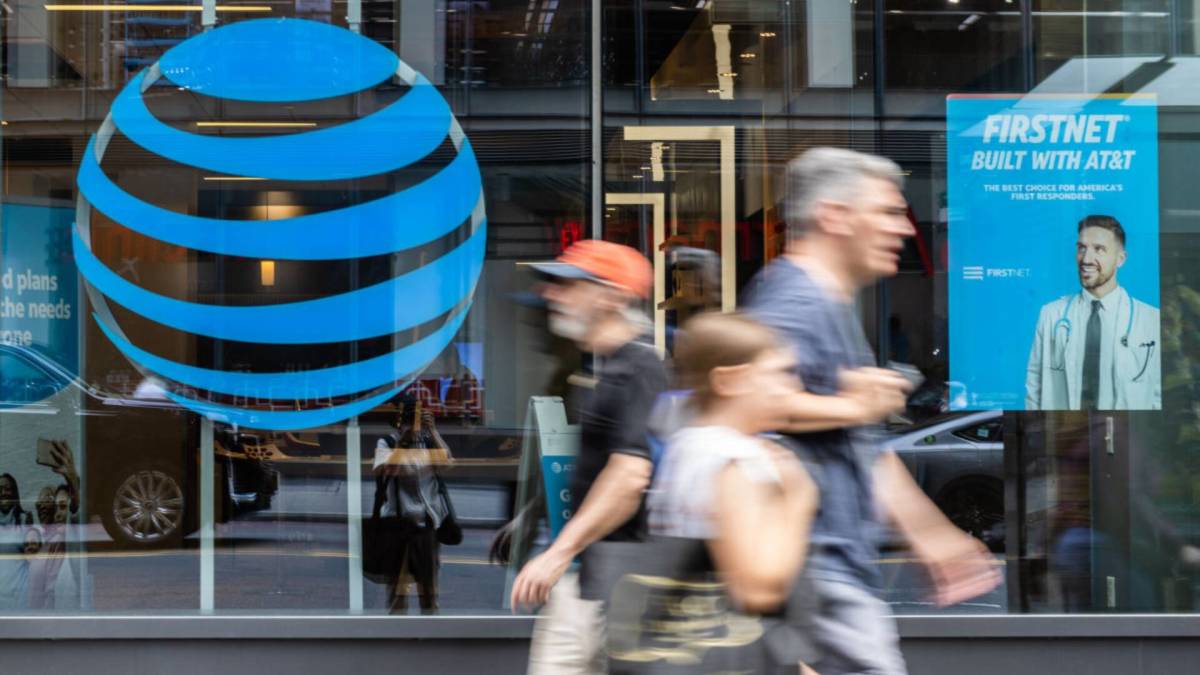Walmart bets big on controversial technology
Walmart is turning up the heat for the 2025 holiday shopping season with a sweeping deployment of artificial-intelligence tools across its app, stores, supply chain, and customer-service operations. It's a bet on relatively new technology that could help it edge out rivals in a fiercely competitive ...

Walmart is turning up the heat for the 2025 holiday shopping season with a sweeping deployment of artificial-intelligence tools across its app, stores, supply chain, and customer-service operations.
It's a bet on relatively new technology that could help it edge out rivals in a fiercely competitive retail landscape.
Walmart’s holiday-readiness plan includes multiple new capabilities. In-store shoppers using the Walmart app will now see a list of deals available at their current store and be able to search for an item online, receiving directions to its exact aisle location.
That means no more hunting for a store employee to point shoppers to what they're looking for. The app’s wish-list functionality also gets an upgrade: Customers can sort their lists by product aisle.
The company's AI capabilities are also getting an upgrade. Jeff Greenberg/Getty Images
AI could change everything about how people shop at Walmart
On the AI front, Walmart’s “Sparky” virtual assistant has been supercharged and can now suggest full purchase lists. Tell Sparky you’re planning a party, and it will offer suggestions for food, decorations, and other party-related items.
The company is also rolling out AI-generated audio summaries of more than 1,000 premium beauty products, pulling together product descriptions and review content.
The in-store experience gets enhanced, too: A feature called “Shop the Background” lets shoppers click items visible in product images (for example, artwork or furniture in a virtual room setting) and add them directly to their cart.
Also, “Dynamic Showroom” enables shoppers to swap furnishings and view variations in a virtual room.
How AI affects supply chains and customer service
The AI push doesn’t stop at the storefront. Walmart is introducing new AI models to help store associates manage deliveries more efficiently and is piloting real-time delivery estimate technology that can narrow windows down to the minute, with full rollout expected by the end of 2025, as reported in Retail Dive.
To enhance customer service, Walmart is launching a generative AI assistant that considers customer intent and is able to analyze sentiment and take action to locate orders, process returns, and provide delivery updates via chat or voice.
Why Walmart is launching its AI tool now
Walmart’s timing is strategic. According to the company, in-store customers who use the app spend on average 25% more than those who don’t, per Retail Dive.
The holiday season remains critical for retail revenue, and upgrades that drive higher basket size, smoother pickup/delivery, or better customer retention are likely to pay off.
Related: Large furniture retailer closing stores without bankruptcy
Industry data suggests many retailers are still lagging. Only 7% of multibrand retailers offer AI-powered review summaries on product pages, and just 5% have AI-powered shopping-assistant chatbots, according to Gartner.
Meanwhile, nearly two-thirds of consumers say they plan to use generative-AI tools during their holiday-shopping journeys, per Accenture.
Walmart risks losing customers if the AI doesn't deliver
Walmart’s push puts pressure on rivals — both traditional brick-and-mortar chains and pure-play e-commerce players — to step up their tech game or risk falling behind.
For Walmart, which has long competed on price and scale, the incremental step of layering AI could help reinforce its value proposition while improving execution.
If the technology doesn't live up to consumer expectations, shoppers may look elsewhere.
"There have been many negative experiences reported via media outlets and on social media of GenAI mistakes. This has contributed to the negative view that many consumers have of GenAI, especially if they haven’t used the tools on a regular basis themselves," Gartner Analyst Brad Jashinsky shared with TheStreet exclusively.
"For example, last year, there were numerous headlines about Google’s early AI overview results suggesting that users use glue in pizza recipes. That lack of trust is especially worrisome for consumers when it comes to having GenAI tools execute financial transactions such as shopping," Jashinsky said
What to watch with Walmart's new AI experiment
- How quickly Walmart’s new features are adopted by customers, app usage and in-store digital navigation will be important metrics.
- Whether the AI-driven delivery estimate pilot delivers accuracy and scales beyond the pilot phase.
- How competitors respond. If rivals introduce similar tools or if Walmart’s investment gives it a meaningful differentiation, the dynamics of the retail holiday season could shift.
- Any impact on Walmart’s margin. AI investments often carry upfront costs. Whether Walmart turns the tech investment into stronger profitability will be a key question for investors.
How AI is changing the retail landscape
While AI in retail is still in its early stages, there are signs it will become an increasingly large part of the shopping experience:
- About 89% of retailers are using AI in their daily operations or actively exploring AI-driven projects via trials and pilots.
Source: DemandSage - Retailers using AI for process optimization report an average annual cost savings of USD 1.2 million, and AI-driven price management can lift sales by 12%, while reducing unsold inventory by 20%.
Source: Electro IQ - During the 2024 U.S. holiday season, online sales rose to US$282 billion (up about 4% year over year), driven in part by AI-influenced shopping. Buyers used AI-based chatbot services 42% more year over year.
Source: Reuters
Retail AI is more acceptable to younger consumers and people with money
Overall, 44% of U.S. consumers expressed willingness to let AI tools assist some shopping tasks, according to Gartner Analyst Brad Jashinsky who shared the following from the 2025 Gartner Consumer Omnibus Survey:
- Millennials are the most receptive, with 56% expressing willingness to allow artificial intelligence (AI) to handle or assist with shopping tasks.
- Gen Z exhibits 48% receptivity, closely matched by Gen X at 47%.
- In contrast, baby boomers display significantly lower openness, with only 25% overall agreement.
- 55% of respondents within the high-income and affluent demographics express willingness to adopt AI-assisted shopping.
- In contrast, 46% of the upper-middle-income group agree with the statement. Consumers in the lower-middle income bracket exhibit greater hesitation, with 33% demonstrating overall agreement.
Related: Walmart borrows a classic Sears (really) sales tactic
What's Your Reaction?




















































